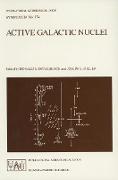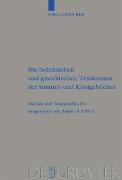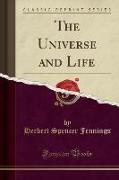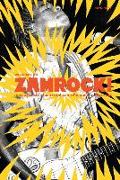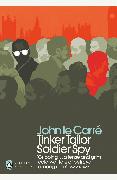Active Galactic Nuclei
BücherAngebote / Angebote:
IAU Symposium No. 134 on Active Galactic Nuclei was hosted by the Lick Observatory, as part of the celebration of its centennial, for the Observatory went into operation as part of the University of California on June 1, 1888. Twenty years later, in 1908, Lick Observatory graduate student Edward A. Fath recognized the unusual emission-line character of the spectrum of the nucleus of the spiral "nebula" NGC 1068, an object now well-known as one of the nearest and brightest Seyfert galaxies and active galactic nuclei. Ten years after that, and seventy years before this Symposium, Lick Observatory faculty member Heber D. Curtis published his description of the "curious straight ray" in M 87, "apparently connected with the nucleus by a thin line of matter, " which we now recognize as an example of one of the jets which are the subject of so much current AGN research. The symposium was held at Kresge College on the campus of the University of California, Santa Cruz, only a short walk through the redwood groves to the Lick Observatory offices. A total of 232 astronomers and astrophysicists from 24 countries attended and took part in the Symposium. About 200 more had applied to come, but could not be accepted in order to keep the meeting at a reasonable size. Most of the participants lived in the Kresge College apartments immediately adjacent to the Kresge Town Hall in which the oral sessions took place.
Folgt in ca. 5 Arbeitstagen
